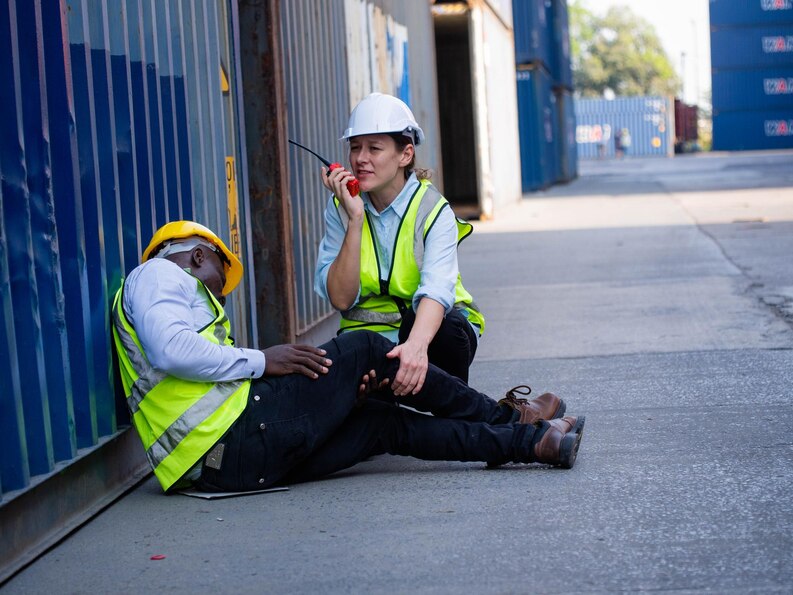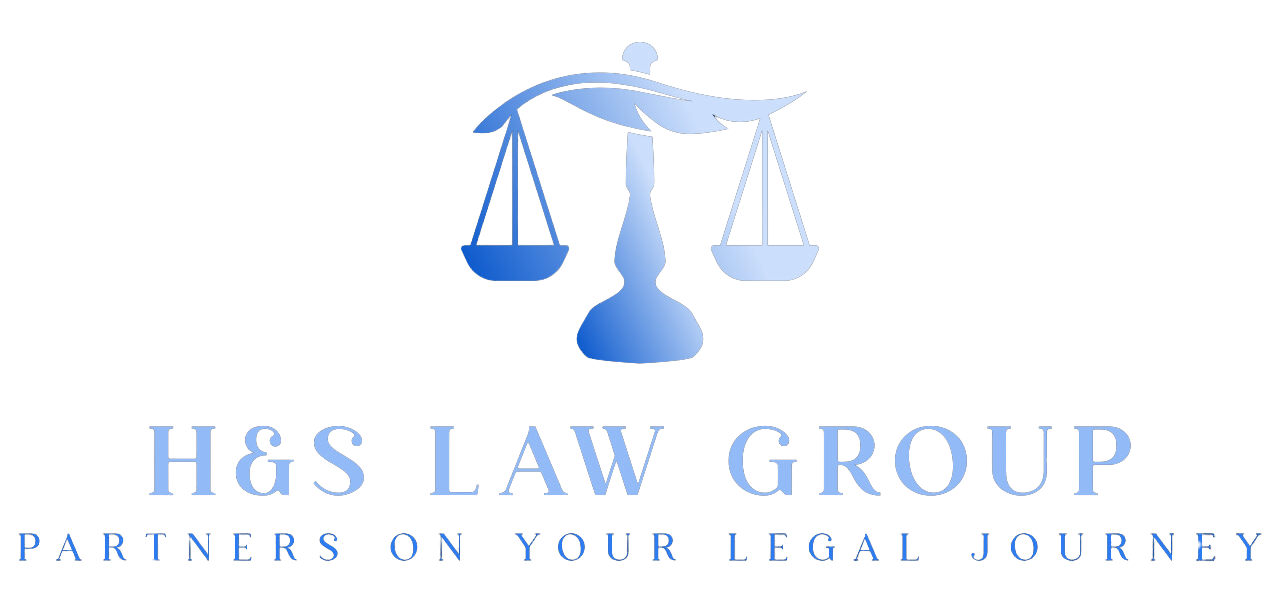
What Is the Most Common Injury for Construction Workers?
Construction is a physically demanding industry, with workers facing unique risks every day. The dynamic nature of the job site exposes individuals to a variety of potential hazards. At H&S Law Group, we have experience representing workers injured in construction accidents. We can help assess whether negligence or unsafe practices contributed, determine if safety violations occurred, and identify liable parties. These are a few of the steps you should take if you are injured in a construction accident.
Understanding the most frequent types of injuries is the first step toward effective prevention and a safer work environment. Awareness helps both workers and employers implement better safety protocols. Read on to learn about the top risks and how to stay safe on the job.
The Fatal Four Defined by OSHA
The Occupational Safety and Health Administration (OSHA) identifies the four leading causes of fatalities in construction. These incidents, known as the Fatal Four, are also responsible for many of the most serious non-fatal injuries that occur on job sites across the country.
- Falls are the number one cause of death for construction workers. These can be falls from heights, such as from ladders, scaffolding, or roofs. They also include falls on the same level, which happen due to slips on wet surfaces or trips over materials and equipment.
- Struck-by incidents are the second most common cause of fatalities. This category includes injuries from a falling object, like a tool dropped from above. It also covers workers being hit by swinging crane loads or struck by vehicles and heavy equipment.
- Caught-in or caught-between incidents form the third category. These are horrific accidents where a worker is caught, crushed, or compressed between two or more objects. Examples include trench collapses, getting a limb pulled into machinery, or being pinned between a vehicle and a wall.
- Electrocutions are the fourth leading cause of death. These injuries happen from direct contact with overhead power lines or live electrical circuits. They can also result from using damaged extension cords or faulty equipment that is not properly grounded.
If your loved one suffers a death because of the accident, H&S Law Group’s wrongful death attorneys are here to help you navigate the legal system. We can help seek compensation for medical and funeral expenses, loss of future income, pain and suffering, and emotional distress.
A Deeper Look at the Most Frequent Non-Fatal Injuries
Looking past fatalities, the most common day-to-day injuries are often less dramatic but can still be debilitating. Musculoskeletal disorders consistently rank as the most frequent issue leading to missed workdays for construction professionals.
Sprains, strains, and tears are the top complaints. These injuries result from overexertion, such as lifting an object that is too heavy or using an improper lifting technique. Repetitive motions like hammering, twisting, or bending for long periods also contribute significantly to this problem.
Cuts and lacerations are extremely common. Workers are constantly handling sharp tools, raw materials like metal or glass, and operating powerful machinery. A moment of inattention can easily lead to a deep cut that may require stitches and time off to heal.
Fractures are another serious and frequent injury. Broken bones in the hands, feet, arms, and legs often result from the types of incidents in the “Fatal Four.” A fall from even a short height or being struck by a heavy object can easily cause a fracture.
Back and spine injuries can have long-term consequences. The constant physical stress of manual labor puts immense pressure on the spine. This can lead to conditions like herniated discs or chronic lower back pain that can affect a worker for the rest of their life.
For nonfatal injuries, H&S Law Group is here to help navigate workers’ compensation with our personal injury attorneys. Contact us at (973) 200-1433 to speak with one of our professional attorneys.
Why These Injuries Happen So Often
The high rate of injuries in construction is tied directly to the nature of the work and the environment. Unlike an office or a factory, a construction site is a constantly evolving place. This creates a unique set of persistent challenges.
- The worksite itself is a primary factor. Ground surfaces can be uneven, muddy, or cluttered with debris, increasing the risk of slips and trips. Workers are also frequently exposed to the elements, including extreme heat, cold, and rain, which can affect performance and safety.
- The use of heavy machinery and powerful equipment is another major contributor. Bulldozers, cranes, and nail guns are all essential tools of the trade, but they carry inherent risks. A mechanical failure or a moment of human error can have severe consequences for everyone in the vicinity.
- Many of the tasks are repetitive and physically strenuous. The daily grind of carrying heavy loads, operating vibrating tools, and working in awkward positions takes a toll on the body over time. This gradual wear and tear makes workers more susceptible to overexertion injuries.
- Finally, the pressure to meet deadlines can lead to safety shortcuts. When projects fall behind schedule, workers may feel rushed. This can cause them to neglect safety checks or take risks they normally would not, increasing the likelihood of an accident.
If you are hurt in a construction accident, there are 10 steps you should take before speaking to an attorney. These will help your construction accident lawyer help you get the compensation you deserve.
Practical Steps for Injury Prevention
Fortunately, most construction site injuries are preventable. A strong commitment to safety from everyone on the site can drastically reduce the number of accidents. It begins with education and having the right equipment.
Proper and continuous training is fundamental. All workers should be thoroughly trained on how to use equipment safely, how to recognize job site hazards, and what to do in an emergency. Specific training for tasks like trenching or working on scaffolds is vital.
Using the correct Personal Protective Equipment (PPE) is a non-negotiable part of the job. This equipment acts as the last line of defense against injury.
Essential PPE includes:
- Hard hats
- Safety glasses
- High-visibility vests
- Steel-toed boots
- Protective gloves
Maintaining a safe and organized work area also makes a huge difference. Good housekeeping practices, like keeping walkways clear of clutter and securing loose materials, can prevent countless slips, trips, and falls. Taking a few moments to organize the site pays off in safety.

What Is the Most Common Injury for Construction Workers?
While falls are the leading cause of fatal injuries in the construction industry, the most common non-fatal injuries are musculoskeletal issues. Sprains and strains caused by overexertion are the most frequently reported problems that lead to missed work and long-term discomfort.
Awareness of these risks is the first step toward a safer career. Adherence to established safety protocols, consistent use of protective equipment, and proper training are the best tools a worker has. A proactive approach to safety protects individuals and the entire crew.
In short, H&S Law Group can provide legal representation, investigative resources, and negotiation skills to help victims of construction accidents, or their families, secure the compensation and justice they deserve. Visit us today to review your case at 1719 NJ-10, Suite 224, Parsippany-Troy Hills, NJ, 07054.
